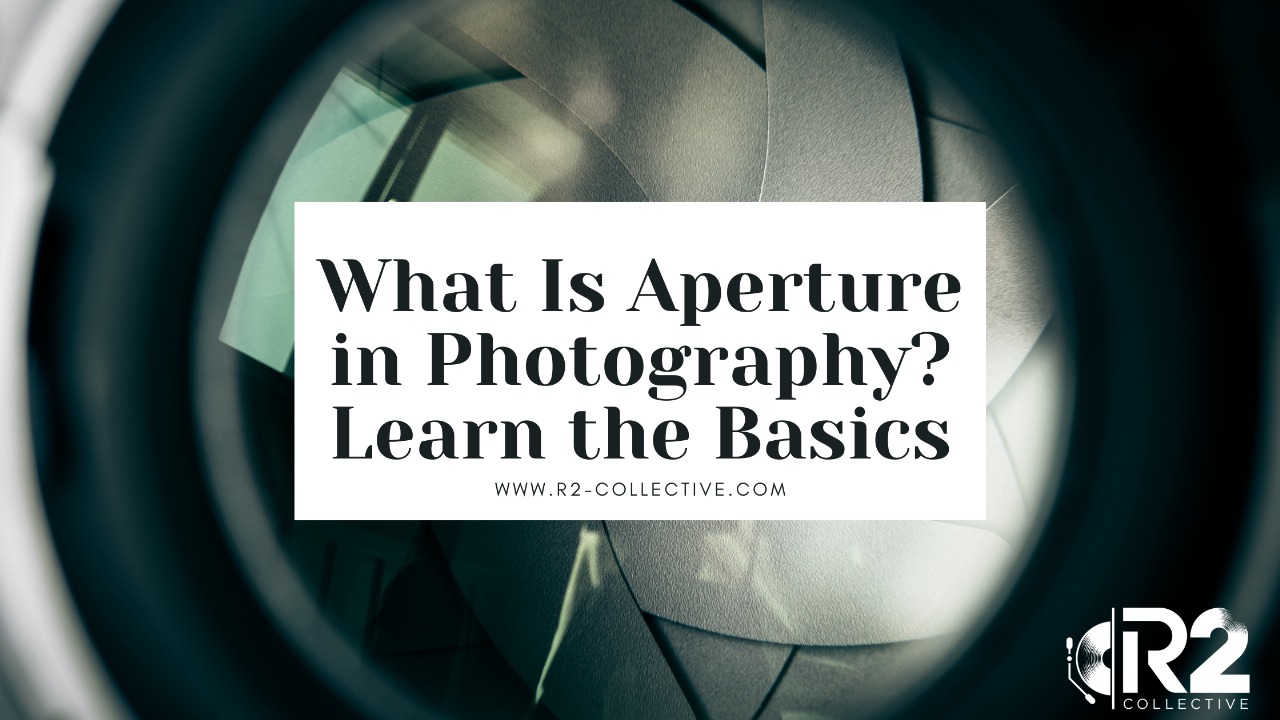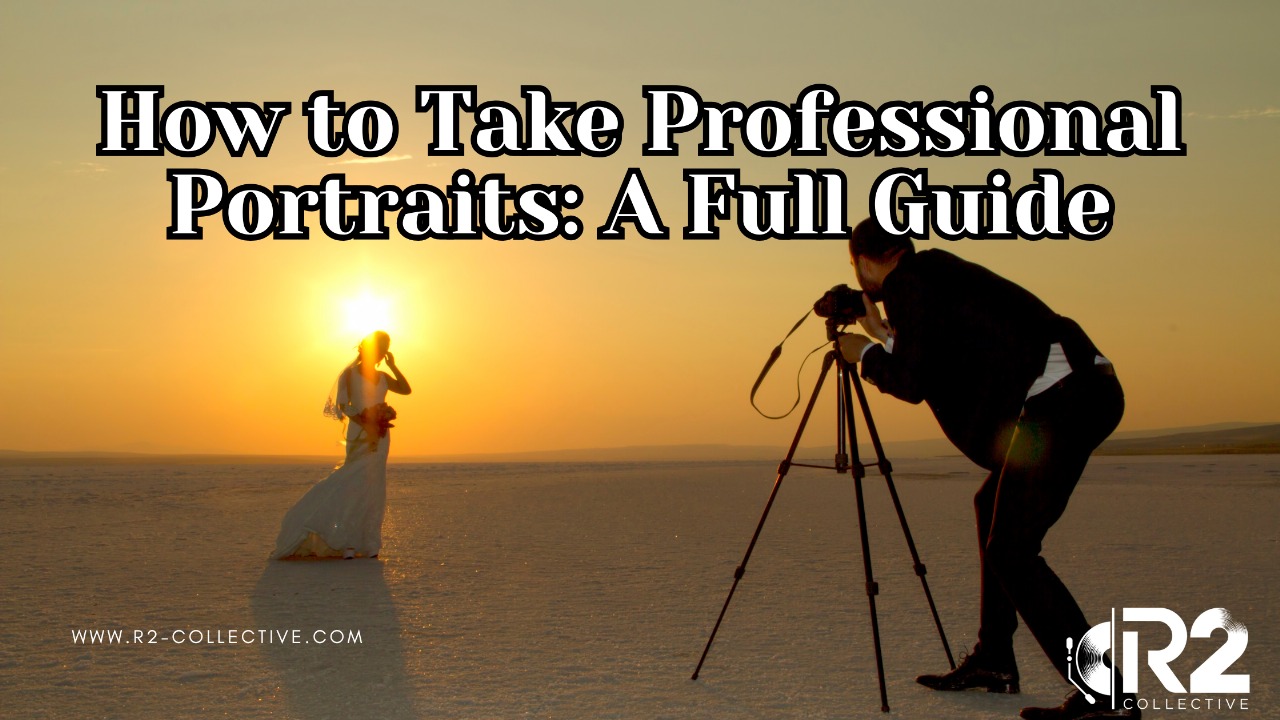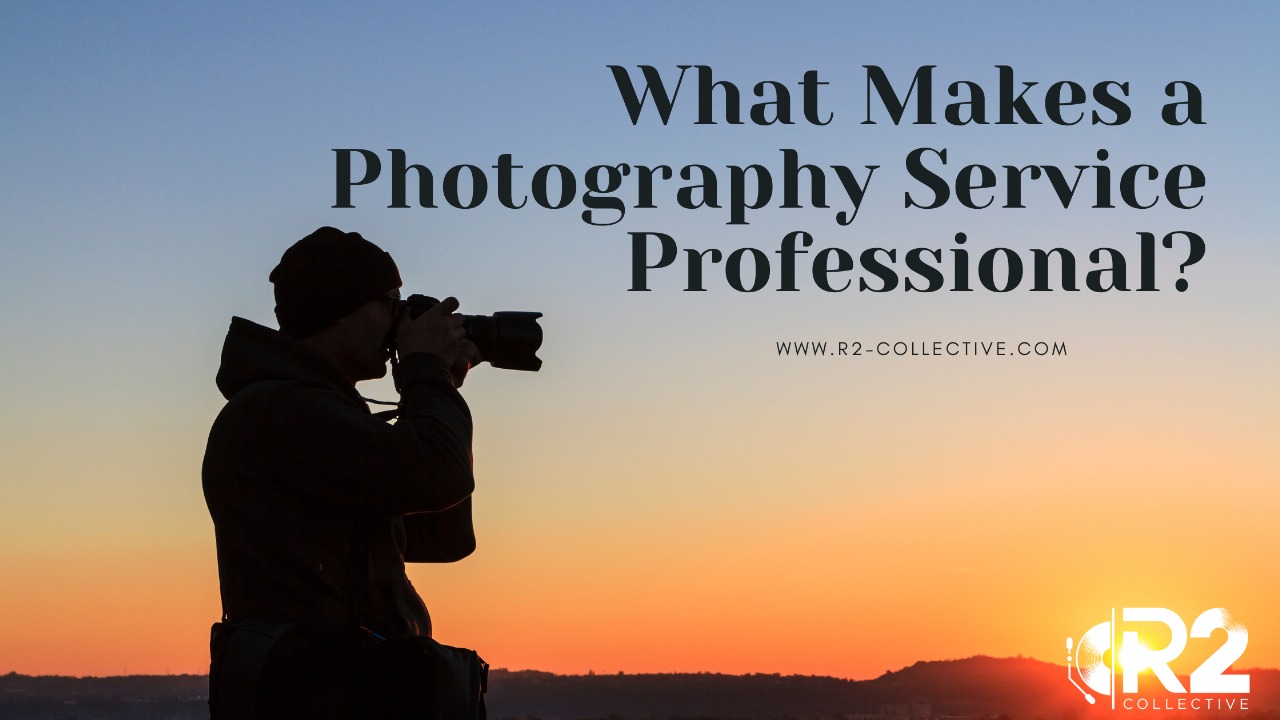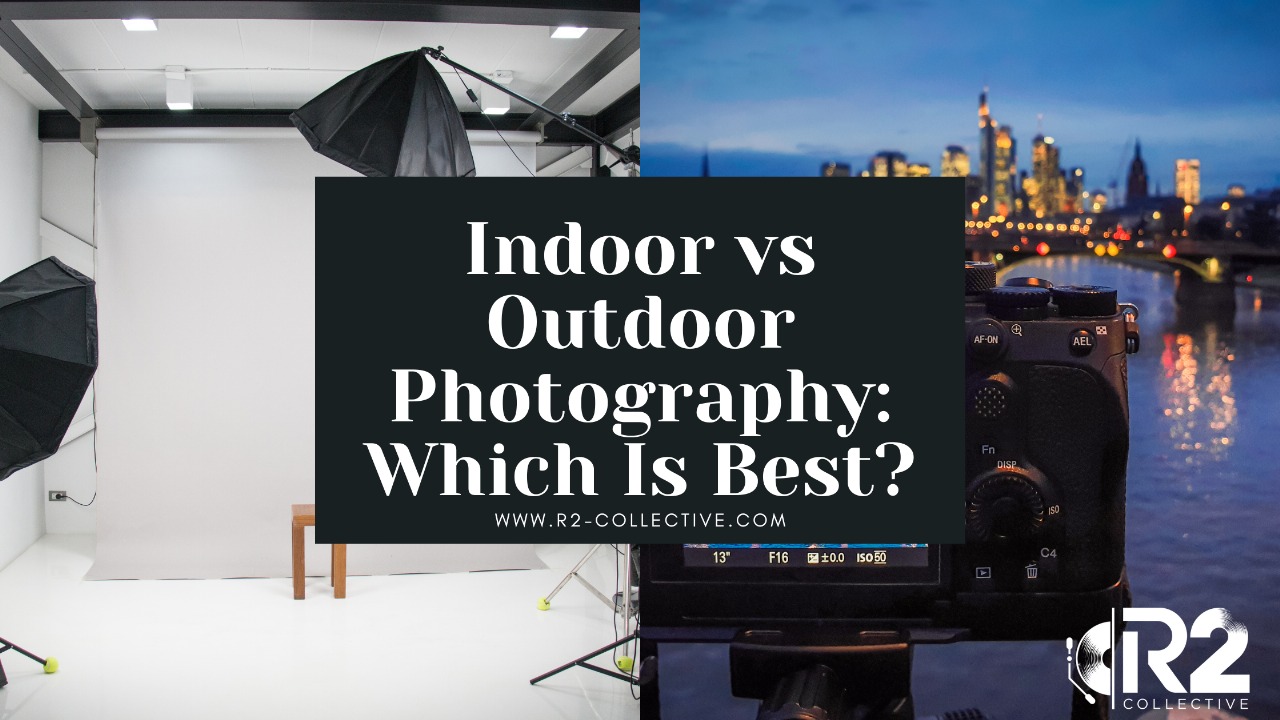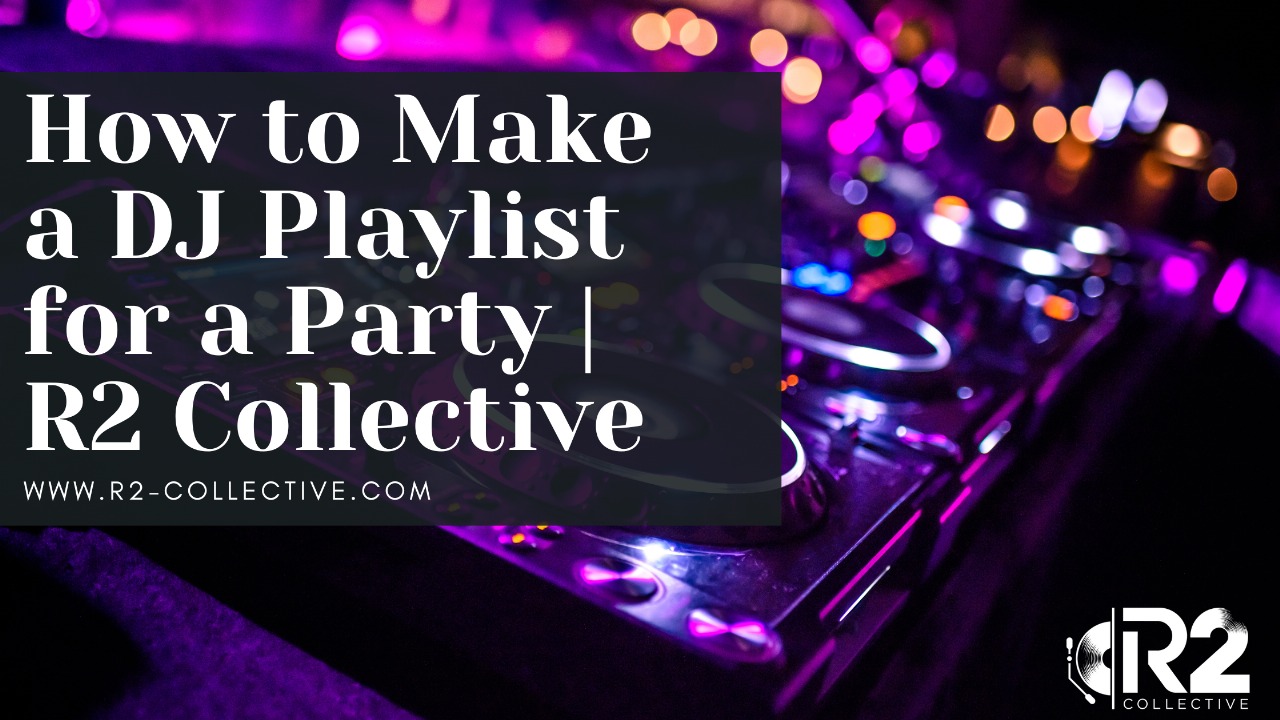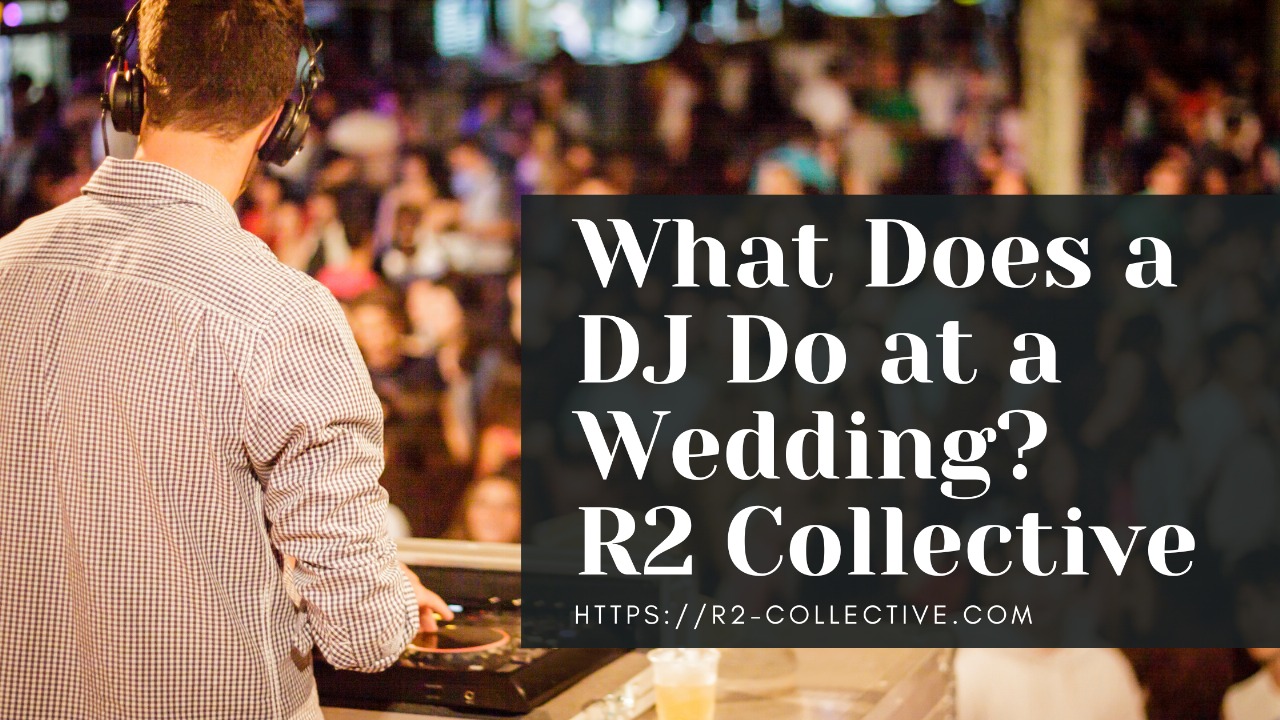What Is Aperture in Photography? A Beginner’s Guide to Capturing Light
Introduction
Whether you’re hosting a holiday party, planning a family gathering, or simply want to capture the festive energy of the season, learning how your camera works can make all the difference. One of the most fundamental and powerful concepts in photography is aperture.
If you’ve ever asked yourself “what is aperture in photography?”, you’re in the right place. This beginner-friendly guide will walk you through how aperture works, how it affects your images, and how to adjust it for specific scenarios like low light and portrait photography. By the end of this post, you’ll feel more confident making intentional creative decisions with your camera—even if you’re just starting out.
At R2 Collective, we believe every celebration deserves great photos. Let’s explore how aperture helps make that possible.
Understanding Aperture: The Basics
What Is Aperture in Photography?
In simple terms, aperture refers to the opening inside your camera lens that lets light pass through to the sensor. It’s essentially the “eye” of the lens—wider apertures allow more light, while narrower apertures let in less.
Think of it like the pupil of your eye. In a dark room, your pupil widens (large aperture) to take in more light. In bright sunlight, it contracts (small aperture) to avoid too much light exposure.
How Is Aperture Measured?
Aperture is measured in f-stops, such as f/1.8, f/2.8, f/4, f/8, and so on. Here’s the key: a smaller f-number means a wider aperture, and a larger f-number means a narrower aperture.
- f/1.8 = wide open (more light)
- f/16 = narrow opening (less light)
Wider apertures are excellent for low-light events like evening holiday dinners, while smaller apertures are ideal for bright conditions or when you want more of the background in focus.
Why Aperture Matters in Event Photography
When you’re photographing live events like a holiday celebration, birthday party, or dinner gathering, lighting conditions change quickly. Aperture gives you creative control in these dynamic settings.
Here’s Why It’s Important:
- It affects brightness: Wider apertures help you shoot in low light without flash.
- It controls depth of field: You can blur the background for a professional portrait effect or keep everything sharp for group shots.
- It influences shutter speed: Wider apertures allow for faster shutter speeds, reducing motion blur.
Mastering aperture settings means better images in every situation—from candle-lit dinners to outdoor picnics.
The Relationship Between Aperture, Shutter Speed, and ISO
To understand aperture fully, you need to grasp the exposure triangle—the relationship between aperture, shutter speed, and ISO. These three elements control how bright or dark your photo is.
How They Work Together:
- Aperture controls how much light enters the lens.
- Shutter Speed controls how long the light hits the sensor.
- ISO controls the sensor’s sensitivity to light.
When you widen the aperture (lower f-number), more light enters, so you may be able to lower the ISO (to reduce grain) or increase shutter speed (to freeze action).
Balancing these settings allows you to fine-tune image quality based on the lighting at your event.
Aperture and Depth of Field
What Is Depth of Field?
Depth of field refers to how much of your image is in sharp focus from front to back. Aperture plays a critical role in this:
- Wider apertures (f/1.8–f/2.8) = Shallow depth of field (sharp subject, blurred background)
- Narrower apertures (f/8–f/16) = Deeper depth of field (sharp from foreground to background)
This is where the creative magic happens.
When to Use a Shallow Depth of Field
- Portraits during a celebration (blurred background)
- Details like centerpieces, candles, or desserts
When to Use a Deep Depth of Field
- Group photos
- Venue or table shots where you want everything in focus
Knowing when to open or close your aperture helps you guide the viewer’s attention in your photos.
Best Aperture Settings for Low-Light Events
Holiday celebrations often happen indoors or during evening hours, where lighting can be a challenge. Choosing the best camera settings for low light is crucial—and aperture plays the biggest role.
Recommended Settings for Low Light:
- Aperture: Use a wide aperture like f/1.8, f/2.0, or f/2.8
- Shutter Speed: Stay above 1/100s if people are moving
- ISO: Increase gradually if needed, but avoid excessive noise
A wide aperture allows you to skip the harsh flash and still get beautifully lit, natural-looking photos.
At R2 Collective, we often rely on wide apertures during event coverage to maintain ambiance while still getting clear, sharp images—especially at candle-lit venues or low-lit party spaces.
Using Aperture to Take Professional-Looking Portraits
If you’ve ever wondered how to take professional portraits, aperture is your secret weapon. That creamy background blur you see in studio headshots or wedding photos? That’s the result of a shallow depth of field created by a wide aperture.
Tips for Portrait Photography:
- Use f/1.8–f/2.8 for soft backgrounds
- Focus on the subject’s eyes to keep the sharpest detail
- Step back a bit and zoom in to enhance background blur
Whether you’re taking portraits at a holiday celebration or creating content for social media, aperture helps your subject stand out while minimizing distractions in the background.
How to Adjust Aperture on Your Camera
Aperture is typically adjusted through your camera’s manual mode (M) or aperture priority mode (A or Av).
How to Adjust:
- In Aperture Priority (A/Av): You select the aperture, and the camera adjusts shutter speed automatically
- In Manual Mode (M): You set aperture, shutter speed, and ISO yourself
For beginners hosting events, Aperture Priority Mode is a great place to start—it gives you creative control over depth of field without worrying about every setting.
Lens Choice and Aperture
Different lenses offer different maximum apertures. If you want to shoot in low light or get soft backgrounds, you’ll want a lens with a wide aperture.
Types of Lenses by Aperture:
- Prime lenses (like 50mm f/1.8): Affordable, wide apertures, great for portraits
- Zoom lenses (like 24–70mm f/2.8): Versatile and good for events
- Kit lenses (like 18–55mm f/3.5–5.6): Entry-level, but not ideal for very low-light scenarios
At R2 Collective, we use fast prime lenses during indoor events to achieve beautiful bokeh and manage changing lighting conditions without sacrificing image quality.
Real-World Examples: Using Aperture During a Holiday Celebration
Example 1: Indoor Candlelight Dinner
- Aperture: f/1.8
- Goal: Highlight the person in focus and let the candlelight glow softly in the background
- Result: A warm, romantic portrait with shallow depth of field
Example 2: Group Family Photo Around the Tree
- Aperture: f/8
- Goal: Ensure everyone from front to back is in sharp focus
- Result: Crisp group photo with even lighting and detail
Example 3: Dessert Table with String Lights Behind
- Aperture: f/2.8
- Goal: Focus on a single dessert with blurred twinkle lights
- Result: Eye-catching photo perfect for social sharing
Knowing your aperture settings allows you to confidently capture moments that match the mood and setup of your event.
Common Mistakes with Aperture and How to Avoid Them
Even experienced photographers can miscalculate aperture. Here are some pitfalls:
Mistake 1: Too Wide for Group Photos
Using f/1.8 for a group shot may result in only one row being sharp. Use f/5.6 or higher instead.
Mistake 2: Too Narrow Indoors
Using f/16 indoors without extra lighting can result in dark or blurry photos. Widen aperture or boost ISO.
Mistake 3: Forgetting the Background
Using a shallow depth of field is great—but if your subject blends into the background, step forward or adjust positioning.
Avoiding these errors ensures consistent, professional-looking results at your event.
Aperture and Smartphone Photography
Even if you’re not using a DSLR, many modern smartphones allow you to simulate aperture effects with “portrait mode.”
How to Use It:
- Tap to focus on your subject
- Use portrait mode to blur the background
- Adjust exposure manually if lighting is tricky
While it’s not a true aperture adjustment, it’s still useful for casual shots during a party.
Final Thoughts: Why Aperture Is Essential for Event Hosts
As a holiday celebration host, you want your event to be memorable—not just in the moment but in the photos that follow. Mastering aperture lets you:
- Capture sharp photos in low light
- Create emotional depth in portraits
- Highlight details and ambiance
At R2 Collective, we use expert-level aperture control across all photography services to ensure every photo tells your story the way it should—clear, vibrant, and authentic.
Call to Action
Hosting a special event and wanting it documented beautifully? Request availability with R2 Collective and let us capture your celebration with creativity, clarity, and care.


